

UPDATE: DAMAGE TO AL-RAFIQAH WALL IN RAQQA’S OLD CITY BY US LED COALITION FORCES
U. S. DEPT. COOPERATION AGREEMENT NUMBER: S-IZ-100-17-CA021
BY Michael Danti, Darren Ashby, Marina Gabriel, and Susan Penacho
* This report is based on research conducted by the “Safeguarding the Heritage of the Near East Initiative,” funded by the US Department of State. Monthly reports reflect reporting from a variety of sources and may contain unverified material. As such, they should be treated as preliminary and subject to change.
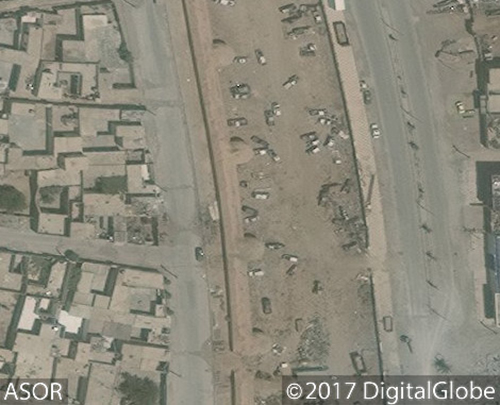
Close up of al-Rafiqah wall before the airstrikes (DigitalGlobe NextView License; July 1, 2017)
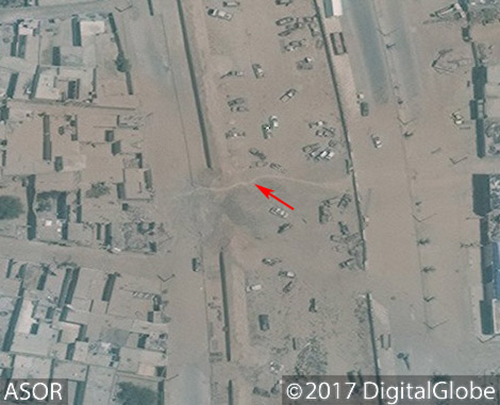
Close up showing one part of the damaged wall and tracks over the debris (DigitalGlobe NextView License; July 7, 2017)
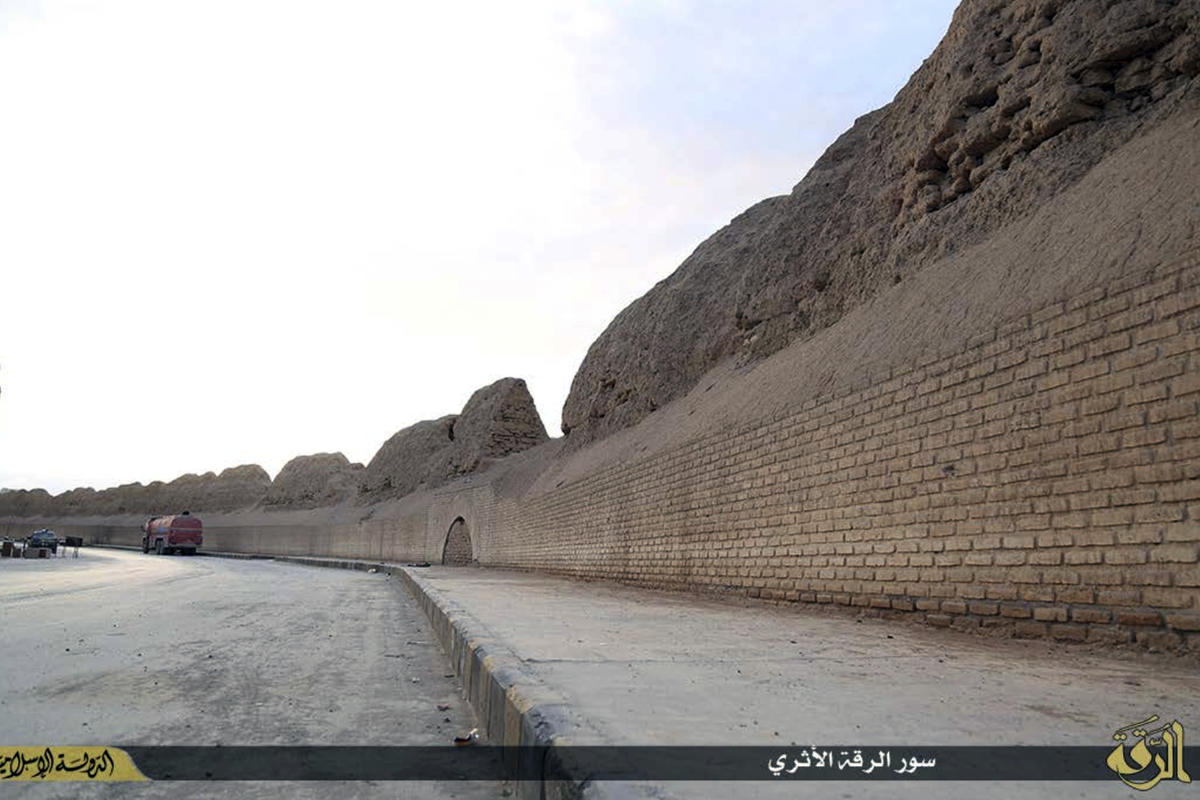
This image posted online on March 22, 2015, by the Islamic State group, shows the Old City wall of Raqqa. (AP; 2015)
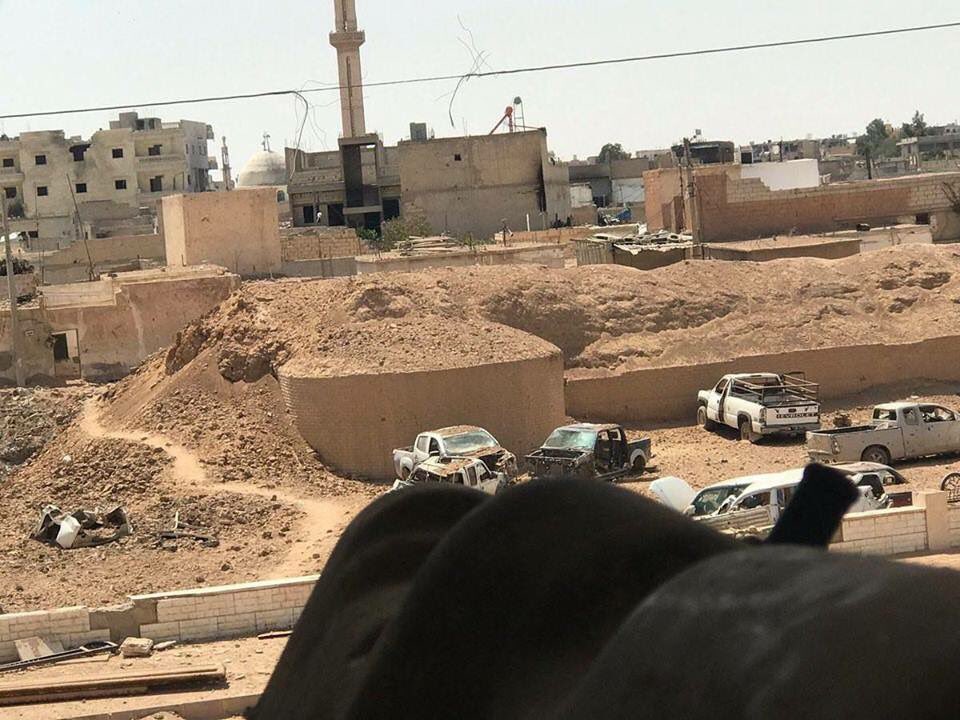
A July 12 photograph of the northern breach to the al-Rafiqah Wall (Private Twitter Account; July 12, 2017)
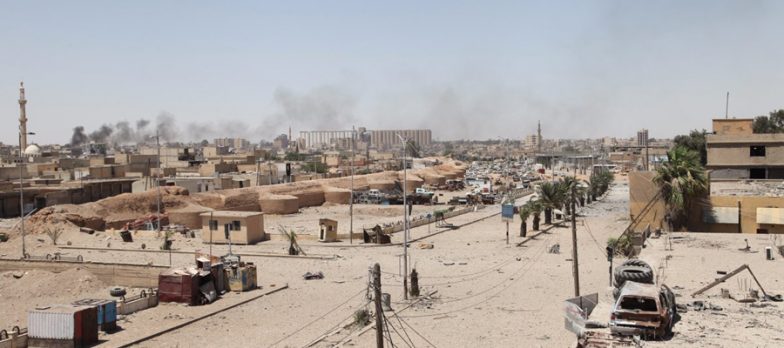
The al-Rafiqah Wall plays a significant role in structuring the battle for Raqqa’s Old City. This photograph shows one of the roads through the wall that ISIL has blocked (far left) as well as the northern breach opened by the US-led Coalition (center of image between the seventh and eighth rounded tower) (Private Twitter Account; July 11, 2017)
Bibliography
Becker, Andrea (2004) “Die ‘abbāsidische Stadtmauer,” in Baudenkmäler und Paläste I, ed. Verena Daiber and Andrea Becker. Raqqa III. Mainz am Rhein: Verlag Philipp von Zabern, 3–4.
Heidemann, Stefan (2003) “Die Geschichte von ar-Raqqa/ar-Rāfiqa – ein Überblick,” in Die islamische Stadt, ed. Stefan Heidemann and Andrea Becker. Raqqa II. Mainz am Rhein: Verlag Philipp von Zabern, 9–56.
al-Khalaf, Murhaf (1985) “Die ‘abbāsidische Stadtmauer von ar-Raqqa/ar-Rāfiqa.” Damaszener Mitteilungen 2, 123–131.